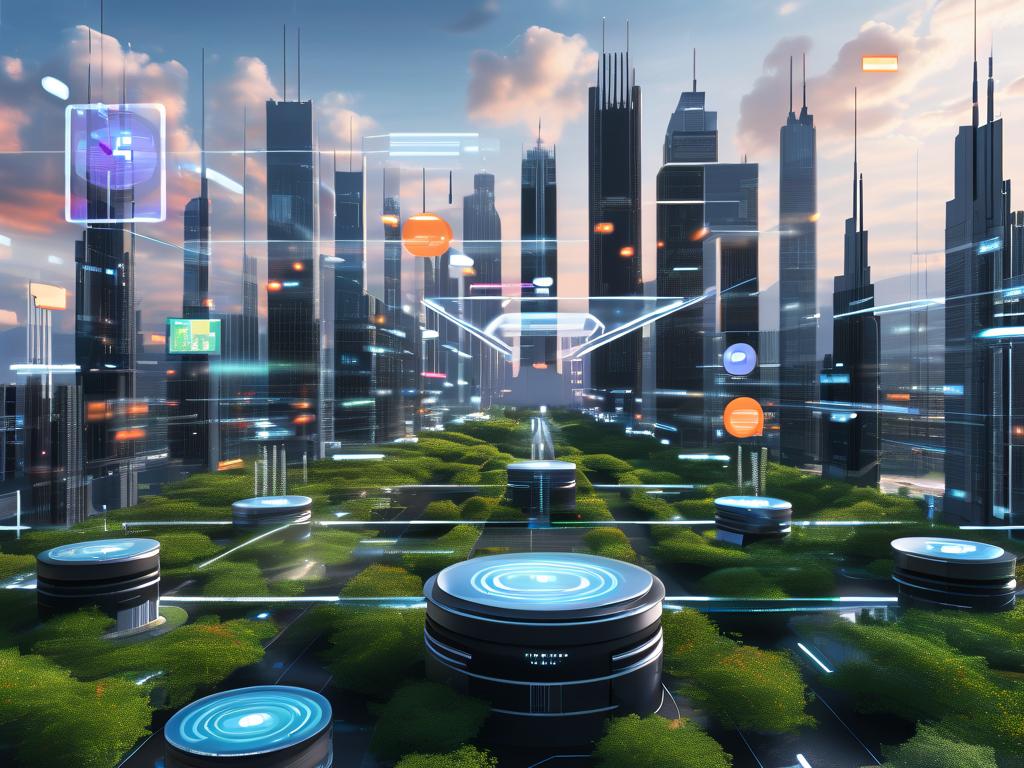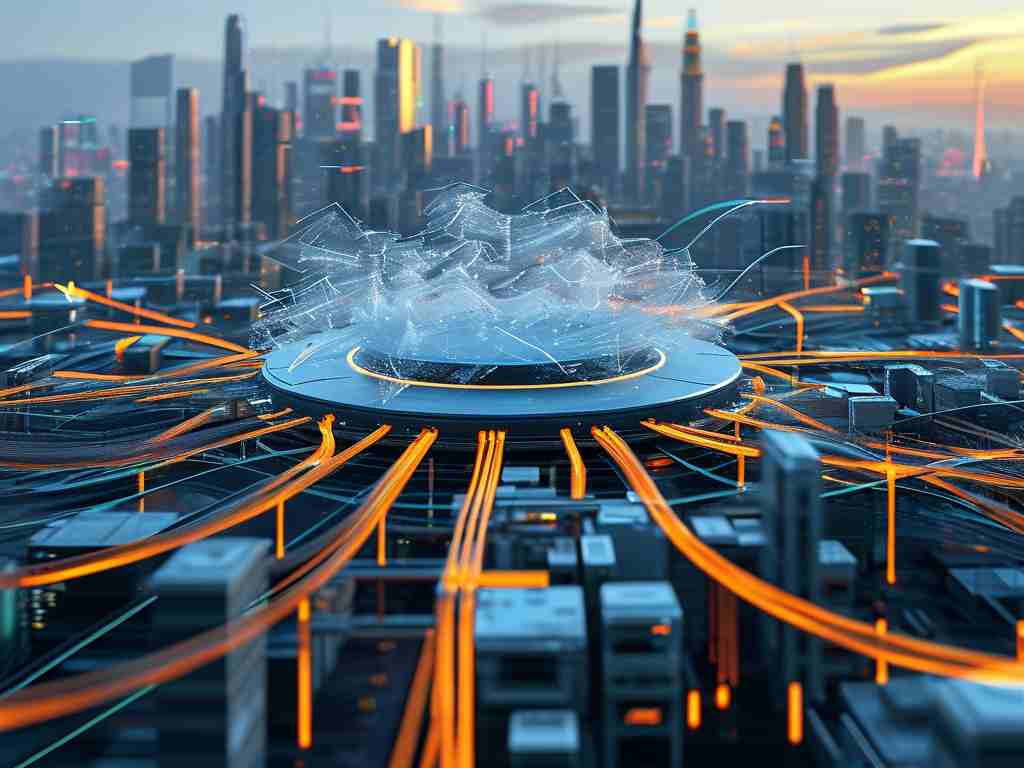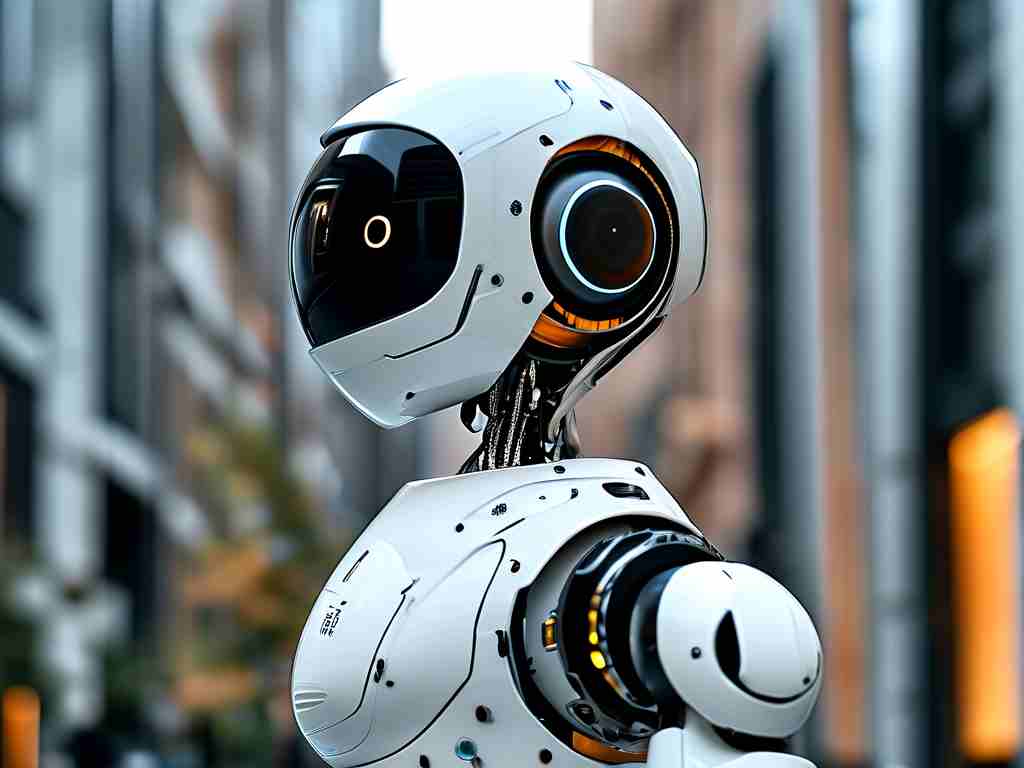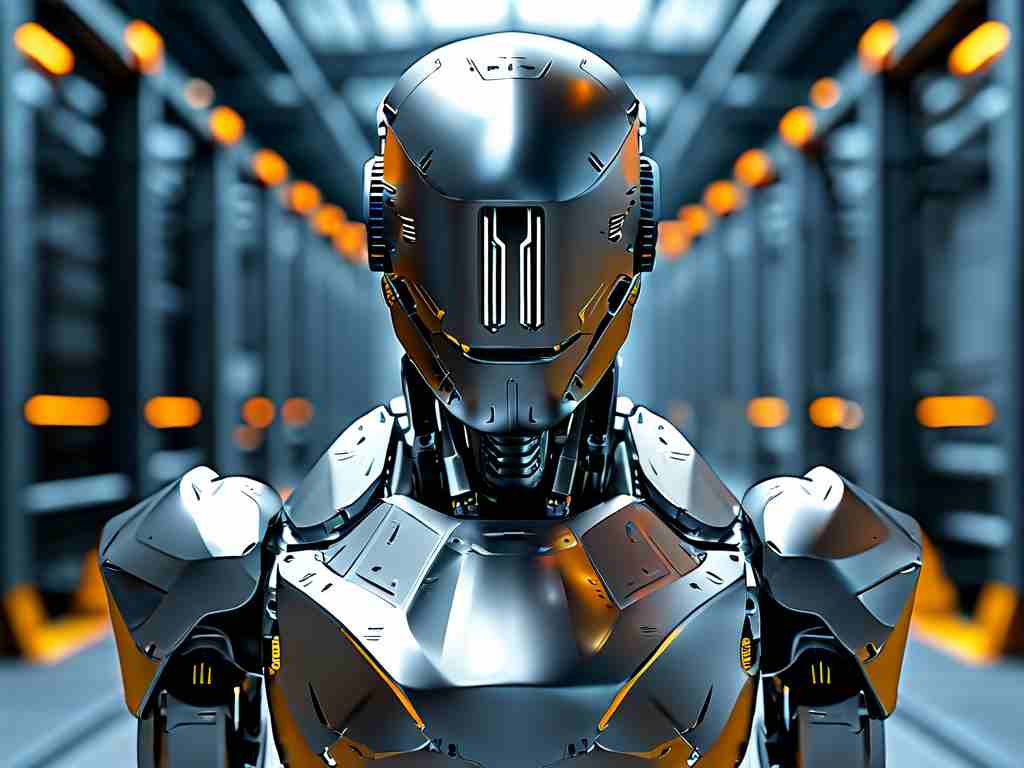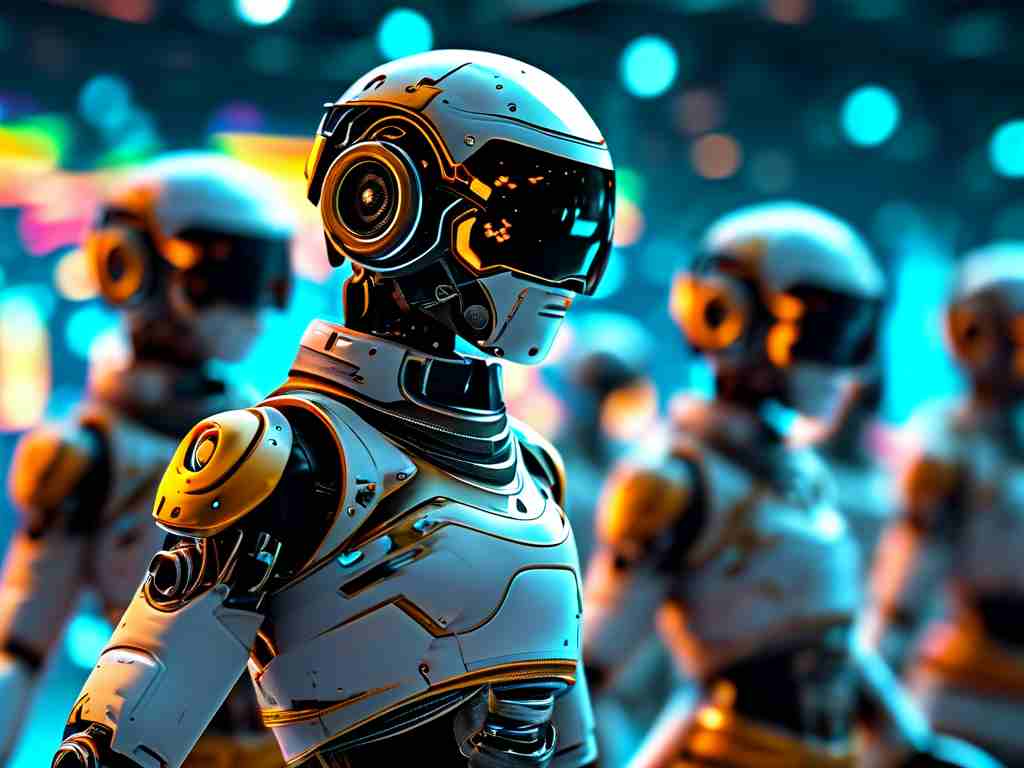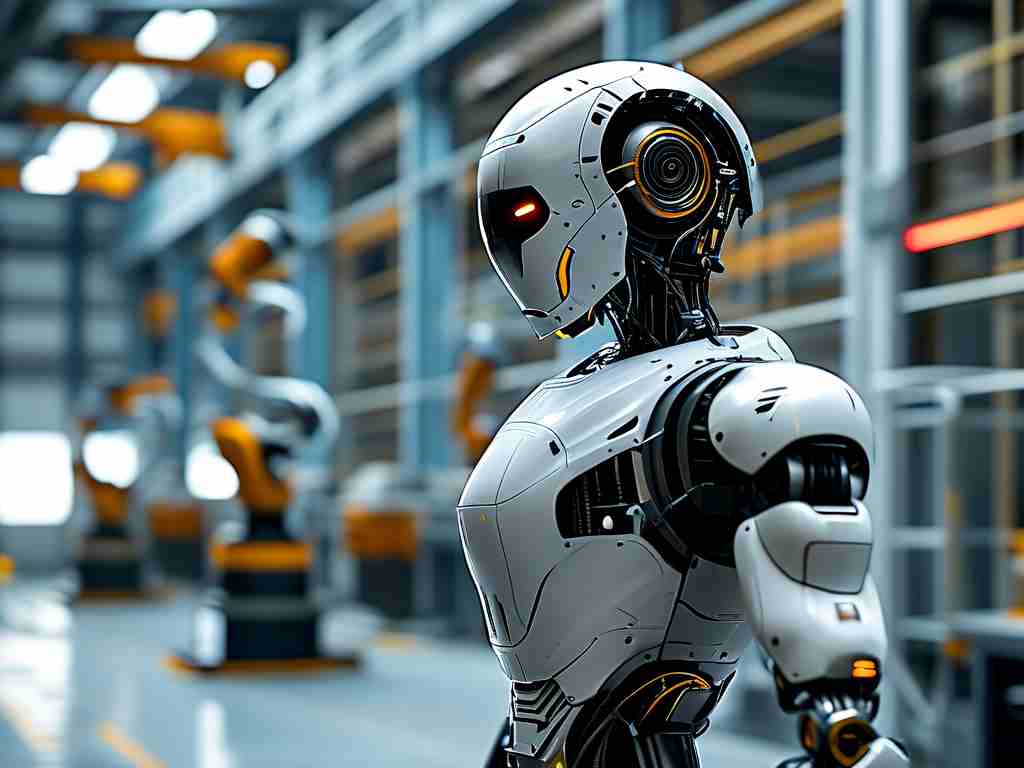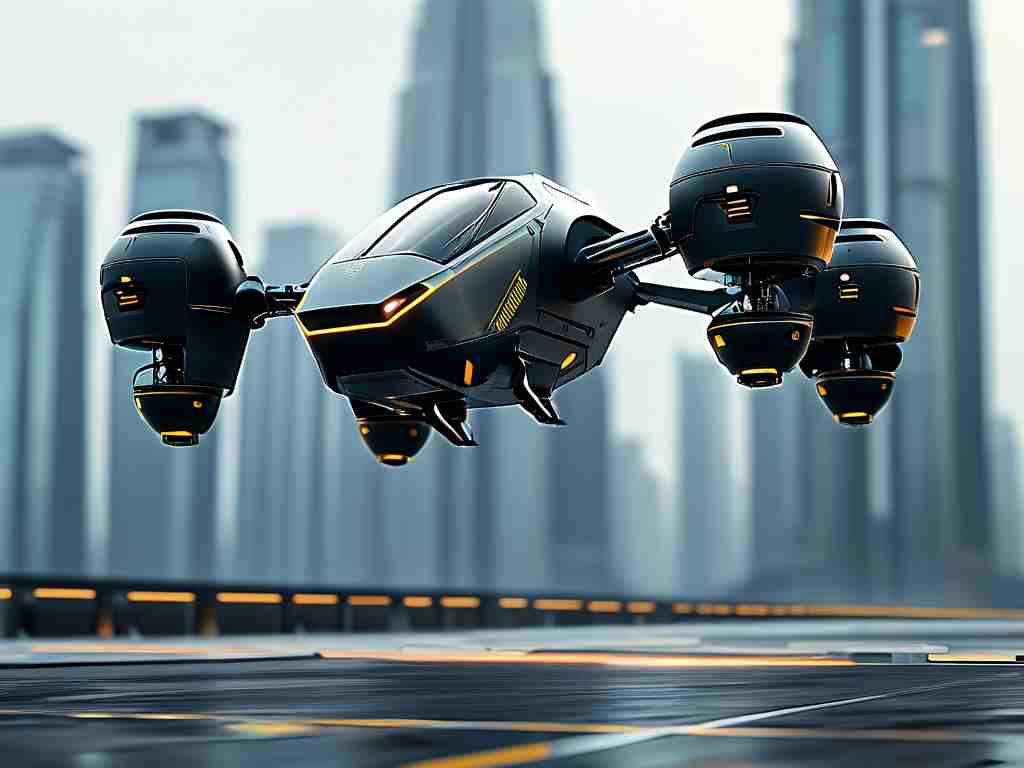The global competition in humanoid robotics has entered a transformative phase, with tech giants and startups alike pushing the boundaries of artificial intelligence, biomechanics, and material science. Unlike previous industrial automation efforts, this new wave focuses on creating machines that mirror human capabilities in mobility, dexterity, and decision-making – a challenge requiring unprecedented interdisciplinary collaboration.
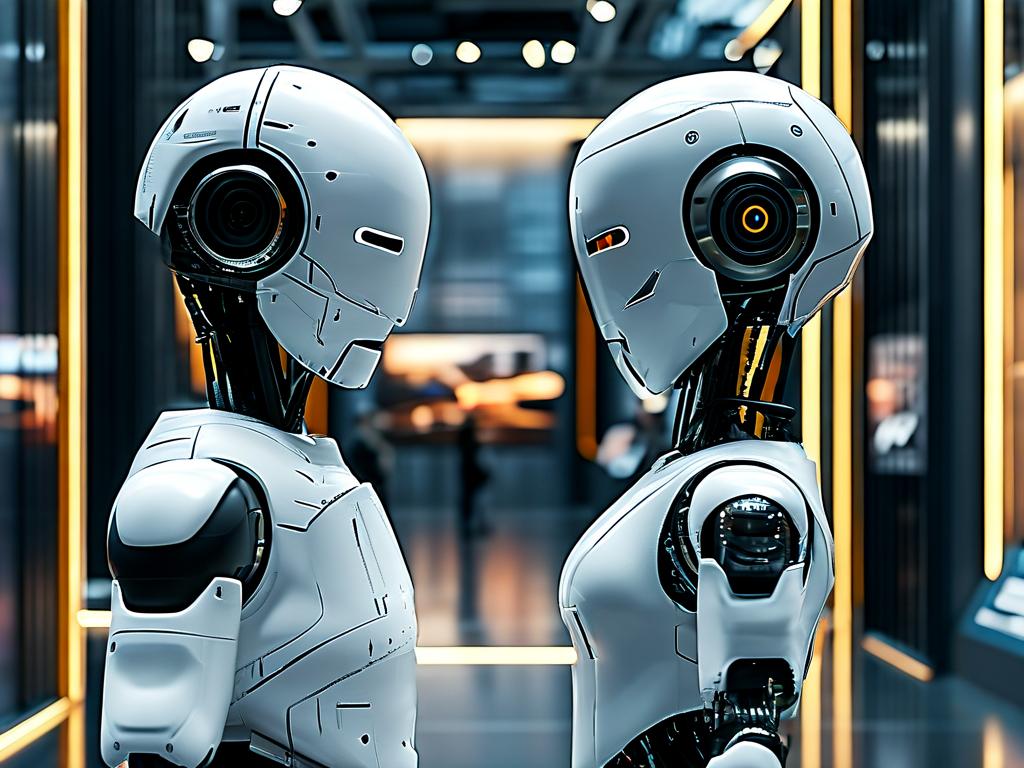
Tesla's Optimus project exemplifies this trend, recently demonstrating improved object recognition through upgraded vision algorithms. While earlier versions struggled with variable lighting conditions, the latest iteration uses adaptive neural networks that adjust processing parameters in real time. Boston Dynamics' Atlas robot, meanwhile, continues to redefine physical agility, executing parkour maneuvers that demand millisecond-level joint coordination. These developments highlight two distinct approaches: Tesla's emphasis on practical workplace integration versus Boston Dynamics' focus on extreme physical performance.
Material innovation plays a crucial role in this race. Researchers at the University of Tokyo have developed artificial muscle fibers using shape-memory polymers that contract 40% faster than traditional hydraulic systems. This breakthrough addresses a critical limitation in humanoid design – the speed-power trade-off. When combined with Tesla's newly patented graphene-enhanced battery cells, which offer 30% greater energy density, these advancements could enable all-day operation for service robots in healthcare and logistics.
China's robotics sector has made surprising strides through government-academia partnerships. The EX-Robot prototype from Dalian Institute of Chemical Physics features self-healing polymer skin capable of minor damage repair, a technology initially developed for space exploration. This aligns with China's "Robotics 2025" initiative, which prioritizes domestic supply chain development to circumvent semiconductor export restrictions.
The software challenge remains formidable. OpenAI's work on embodied AI systems reveals unexpected complexities in spatial reasoning tests. In controlled trials, humanoid robots using large language models demonstrated 72% accuracy in navigating unfamiliar environments compared to humans' 98% success rate. This gap underscores the difference between theoretical knowledge and physical world application – a problem Microsoft's research team is tackling through multimodal learning frameworks that synchronize visual, tactile, and auditory data streams.
Ethical considerations are gaining prominence as these technologies near commercialization. The European Union's proposed Artificial Intelligence Act includes specific provisions for humanoid systems, mandating emergency shutdown protocols and psychological impact assessments. South Korea's robotics ethics committee recently blocked a restaurant service robot deployment over concerns about human worker displacement, illustrating how regulatory environments may shape the technology's adoption trajectory.
Industry analysts predict three potential development paths: task-specific humanoids for manufacturing/healthcare, general-purpose domestic assistants, and specialized emergency response units. Honda's E2-DR firefighting robot prototype demonstrates the latter category's potential, withstanding 900°C temperatures while maintaining structural integrity – a feat achieved through ceramic nanocomposite coatings originally designed for spacecraft reentry.
As venture capital floods the sector (global investments reached $4.6B in Q1 2024), questions arise about sustainable development. Stanford's Robotics Sustainability Index reveals troubling trends: current humanoid designs require 18 rare earth metals, and battery replacement cycles generate 23% more e-waste than initially projected. Startups like Norway's ReBot address this through modular architectures allowing component-level upgrades rather than full system replacements.
The military applications add another layer of complexity. DARPA's latest funding round includes $150M for "cognitive combat systems" that combine humanoid platforms with autonomous decision algorithms. While proponents argue this could reduce battlefield casualties, arms control experts warn of destabilizing effects similar to nuclear proliferation. South Korea's defense ministry accidentally revealed its own four-legged combat support robot during a livestream error last month, highlighting how quickly these technologies are advancing beyond civilian domains.
Looking ahead, three milestones will likely define the next phase: achieving 24-hour continuous operation through improved power systems, developing standardized communication protocols across different platforms, and solving the "uncanny valley" problem that hampers human-robot interaction. MIT's recent experiment with variable stiffness facial actuators shows promise, enabling emotional expression adjustments based on cultural context – Japanese test groups responded 37% more positively to subtle expressions compared to exaggerated Western-style features.
This technological race isn't about creating perfect human replicas, but rather developing adaptable platforms that complement human capabilities. As the boundaries between biological and artificial intelligence blur, the ultimate winner may be whichever approach best integrates safety, sustainability, and social acceptance into its core design philosophy. The coming decade will determine whether humanoid robots become specialized tools, ubiquitous assistants, or something entirely unexpected as emergent behaviors arise from increasingly complex systems.


